Home gardeners usually cannot wait for any fruiting plant to germinate once it has been sown. Although most fruit trees in India require years to mature before producing fruit, certain varieties may start producing in as little as a few months after planting. Plants that have already been transplanted from a nursery will produce sooner. Below we learn about the Indian fruit planting calendar, month-wise gardening chart, planting schedule, and growing guide for Indian fruit seasons.
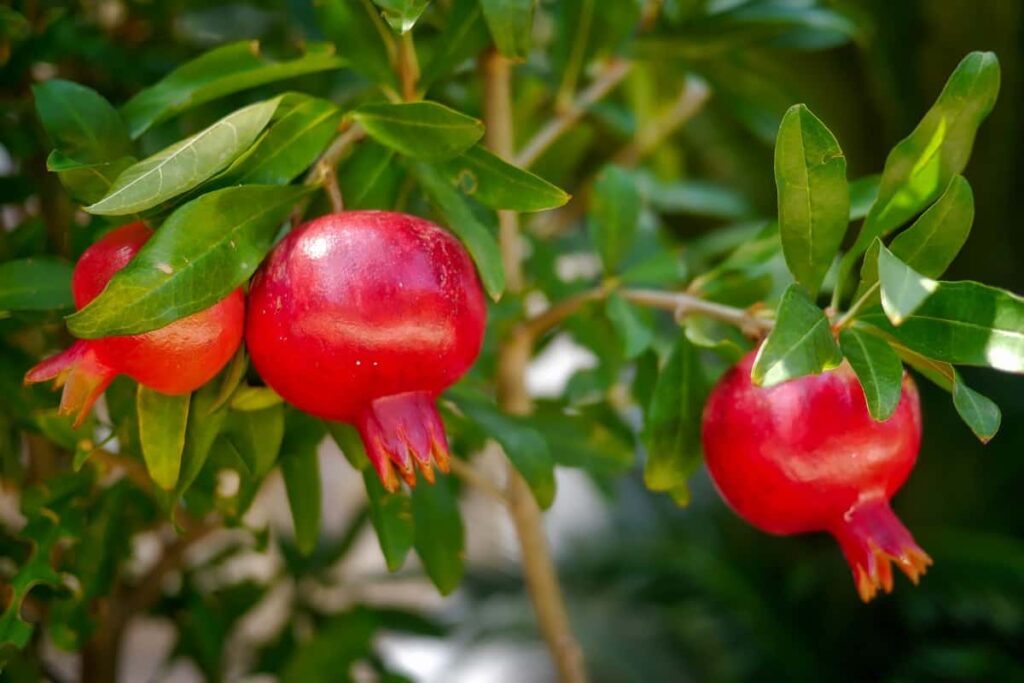
India fruit planting calendar
Fruits that can be grown at home in India
The papaya tree can reach heights of 20 to 25 feet and starts producing fruit in its first year. The orange fruit has a sweet, musky taste, and the leaves are deeply split. The optimal time to pick the fruit is when it is just beginning to turn yellow. If not, it can be broken apart by insects and birds. There is a widespread preference for citrus trees in Indian landscaping, particularly the nimboo (lemon) and the lemon (nimbu). The Eureka and Meyer varieties are the quickest to mature and produce fruit.
The fig’s crisp seeds are hidden within its luscious skin. Dry food is more popular than fresh food among consumers. If you damage the tree’s stem, white latex will leak out. In two or three years, you can gather its fruits. The ber plant is shaped like a crown, and its branches hang down. The tree produces narcotic fruit, which can be either spherical or rectangular and is both succulent and sour in flavor. When fully ripe, fruits become a vibrant crimson color; this varies according to the variety.
Guava trees started from seeds that take a long time to mature and develop fruit (anything from two to six years), but plants started from grafts or cuttings bear fruit much more quickly. The fruit is aromatically refreshing and tastes sweet and silky. Their exteriors are green, but the flesh is pink to white and contains tiny seeds. The custard apple tree can become between 10 and 22 feet tall, and its fruit has a creamy, fragrant, delicious flesh with inedible, black seeds.
In case you missed it: How to Grow Mangosteen Fruit from Seed to Harvest: Check How this Guide Helps Beginners
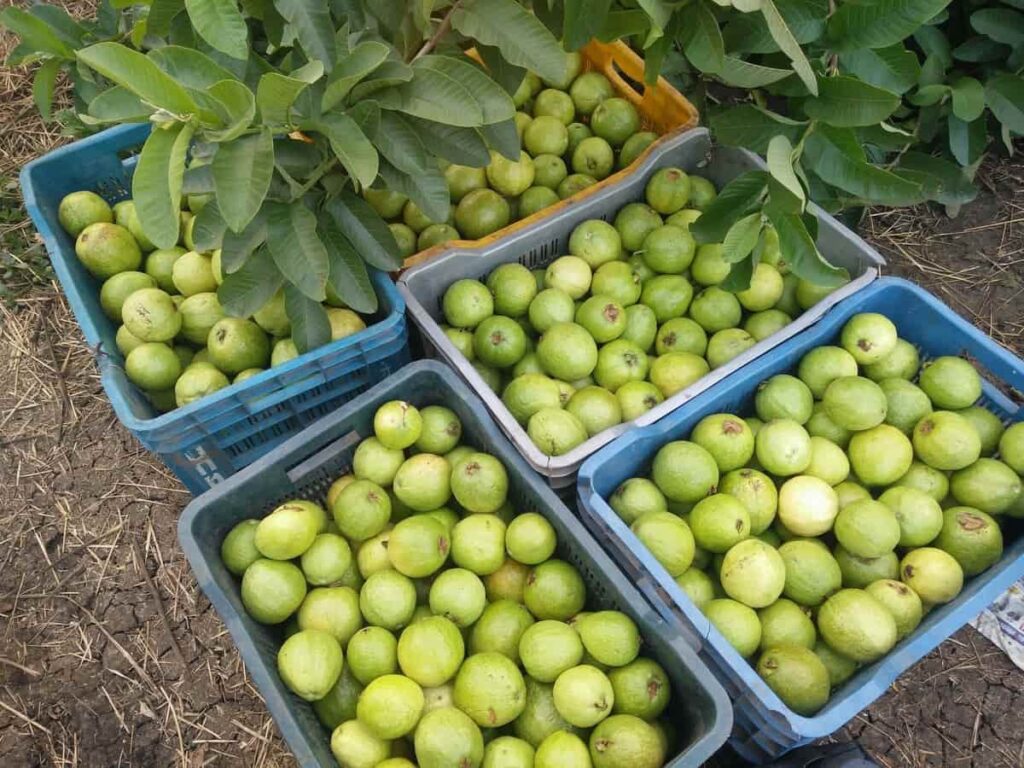
Bananas are a tropical fruit that dangles in bunches called hands from the ceiling in the wet tropics. The skin color of the curving fruit, which can be yellow, green, or brown, varies with age and species. See whether the top of the banana has turned yellow-green and if it’s plump to determine if it’s ready to eat. The mulberry tree is one of the quickest-growing plants and can reach 10–12 feet in only three years. The grafting process takes time, but the results are seen quickly.
This tree has tasty berries that range in color from red to deep purple, making them reminiscent of blackberries. Know that apricots can be grown successfully with only one tree in your garden since they do not need other pollinators. Though it takes just two years for this tree to reach its full growth potential, its fruit-bearing potential is worth the wait. When they are in season, apricots are at their peak of sweetness. Moorpark and Early Golden are two cultivars that are known for their rapid development.
Peach trees are fast-growers; it only takes them two to three years to start producing fruit. However, some cultivars can be picked as early as their first year if given the proper attention. Though it has the potential to reach heights of 20-25 feet, this tree can be kept at a manageable 12-15 feet with regular trimming. Given that this tree is a hybrid, it’s possible to plant two distinct kinds that will allow both to bloom simultaneously. The fruit has a flowery scent and is yellow to white pulp.
Fruits that grow fast in India
Guava trees thrive in the high humidity and moderate temperatures of the tropics and subtropics. Growing this plant from seeds isn’t as successful as starting new plants from cuttings or grafting. Fruits of every hue, from green to yellow, are tasty. The fruit’s pulp, whether red or yellow, has a distinct, pleasant aroma and flavor and is virtually always rather sweet.
The Chittidar, the Hafshi, the Allahabad Safeda, the Harijha, and the Allahabadi Surkha are well-known guava varieties. It has the potential to grow to a size of 10 to 12 feet and a width of 15 feet when it reaches maturity. Papayas are grown on a tiny, multi-trunk tree. Therefore, plants can be easily multiplied from seed. The typical papaya tree will produce fruit between 9 and 11 months after planting.
In case you missed it: How to Grow Papaya from Seed to Harvest: Check How this Guide Helps Beginners

Plants need both water and nutrient-rich soil to thrive. These trees typically reach a height between 19 and 24 feet. The fruit of the papaya tree is edible and nutritious. However, when the fruit reaches a certain size and takes on a semi-yellow color, it must be protected from birds and insects by being covered. The number of sitafal trees that bear fruit in India is rapidly growing. Fruits have smooth, delicious flesh and tiny, black seeds.
The largest of these greenish-yellow fruits measures 12 centimeters across. Ten to twenty feet in height and a foot and a half across, it can develop into a massive tree. The next is the mulberry tree. It didn’t need much care since it was so strong. For a fruit tree to achieve full maturity and begin bearing fruit, it takes around ten years from the seedling stage. To grow and give fruit fast, this tree should be grafted. It can grow to be 10-14 feet tall in only three years.
Berries come in a wide variety of colors, from red to purple. Red is the most common color for ripe fruits, but green and yellow can be seen in immature ones. Another dependable fruit tree is the ber tree. Ber fruits start green but develop into vibrant crimson as they mature. If you take good care of this tree, you can plant it in either a warm or cold region. You don’t have to worry much about it. Typically found in wooded areas and along the sides of roads, this plant is widespread.
Peach trees that produce fruit can be found in regions with a climate comparable to that of Jammu & Kashmir, Uttarakhand, and Meghalaya. Typically, peach trees don’t begin producing fruit until the second or third year after being planted. Some older types, however, can start producing fruit a year after planting. Among fruits, few can compare to a juicy, sweet peach. Twenty-five feet is its greatest height.
For those who would like a more manageable height, regular trimming can keep it to 12 feet. All around the globe, people love bananas. To put it briefly, it’s delicious and healthy for you. In India, fruit trees usually mature rapidly. On average, a banana tree will only produce fruit once a year. It could not have flourished without sufficient water. Bananas have many uses and can be consumed in cooked and raw forms.
It’s high in healthy nutrients and dietary fiber. A banana tree may grow to 10–30 feet in only two years. Some 7-10 meter tall examples of the deciduous fig tree have been documented. Cuttings and root suckers can be used for simple plant propagation. Figs are tasty fruit with a luscious inside and a crunchy seed core.
Fruits that can be grown in pots in Indian gardens
A papaya tree can be cultivated in a huge pot. It’s ideal to have alluvial soil, which drains well. It has to be outside in the sun and watered regularly. This plant requires special attention throughout the winter months. Although guava can be grown in any soil, the ideal conditions include a high level of fertility and a large, sandy loam (6.75 to 8.25 pH) container. A year-round harvest is only possible with very large or very wide pots.
In case you missed it: 22 Common Problems of Watermelon Plants: How to Fix Them, Solutions, and Treatments
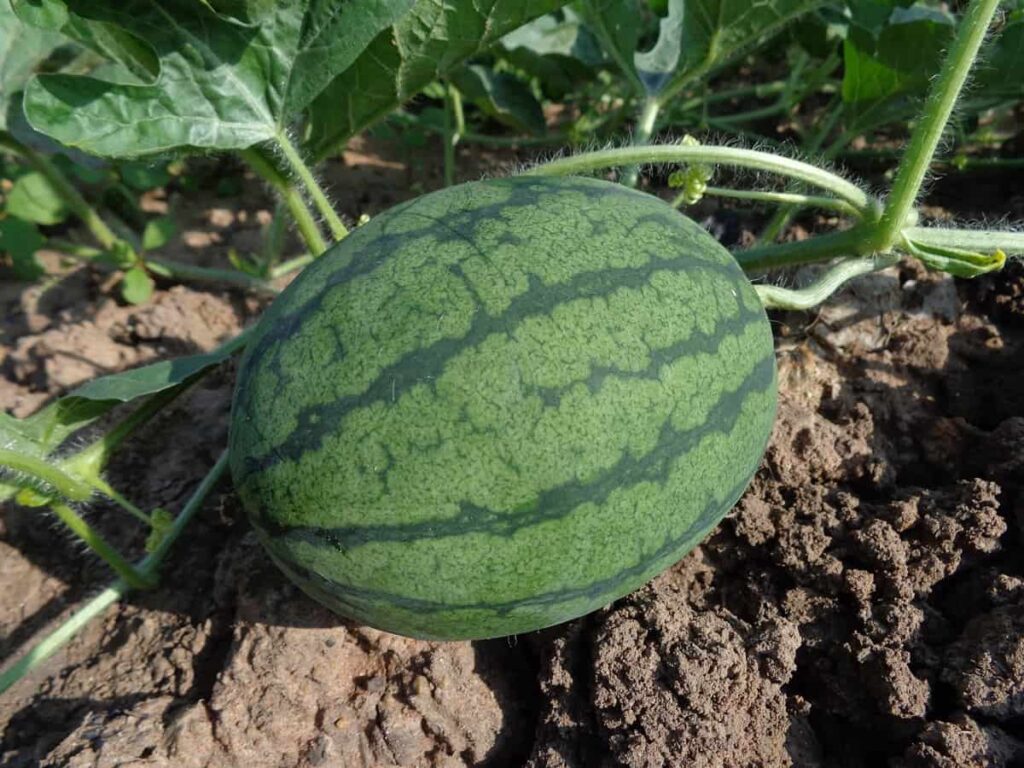
You must constantly water the plant pot with a nutrient-rich mixture of manure and fertilizer at the outset. However, once the tree begins producing fruit, even little care will result in a bountiful harvest for more than 25 years. Lemon trees come in wide varieties, but the ones that provide fruit all year should be what you demand from your nursery stock. You can grow your miniature lemon tree in a large pot or on a raised bed.
A soil that is sandy loam or loamy is ideal. If possible, reduce the amount of clay and salt you use. In the first stages, it needs plenty of water. If you want higher-quality fruit this year, thin down the overcrowded branches. Mango, the “king of fruits” and India’s national fruit, can be cultivated in a container garden. It has to be watered properly in the beginning. The seed and young plant will decay if water cannot drain from the containers.
It grows well on lateritic, sandy-loam, and well-drained soils, in addition to alluvial and aerated soils. Once the plant has developed, it is easy to care for. Mango pulp and juice can be preserved for over a year with the help of edible preservatives. This Pomegranate, which is well-liked by people of all ages, needs special care on the patio. A large pot is all you need to cultivate them. The plant has to be watered twice each week.
A raised bed will provide the best results if your patio is very spacious. Pomegranate can thrive in various soils but does best in loamy soil with good drainage. Pomegranate butterflies and other insects with leaf feet prey on this tree. Because of the susceptibility of the seeds and roots to rot brought on by fungal diseases, proper water drainage is essential. A popular fruit in India can be grown year-round in a container.
The ideal soil has a medium-dark color, a significant amount of alluvium, and good drainage. To prevent the seed from rotting, the soil shouldn’t retain water as it germinates. It’s important to remember that this tree can only thrive in warm regions. It’s also adaptable, doing well in sandy loam and clay soils. Early on, taking special precautions is important to avoid insect invasions. Dwarf trees can be grown successfully in even medium-sized containers.
India is a major exporter of bananas, and the fruit can also be grown successfully in containers at home. A dwarf banana tree can be grown in just about any size pot or container. Acidic, well-drained, and non-compacted soil is ideal. This plant suffers greatly when grown in soils high in salt. If you want a higher harvest, use dwarf or small-sized cultivars. Common diseases, such as black Sigatoka, bacterial wilt, and soil fungus, can be managed by using pesticides within safe application guidelines.
Your terrace garden can look lovely if you plant custard apples, which are ungainly but juicy, fragrant, and delicious to eat. Despite its low maintenance requirements, it yields high-quality fruit. Excellent harvest can be achieved with careful watering throughout the blossoming stage. All save the deepest and sandiest soils. It must be watered regularly at first. Once the tree reaches full maturity, it requires even less water to be alive.
In case you missed it: Growing Mangoes from Seed to Harvest: A Detailed Planting/Production Guide for Beginners
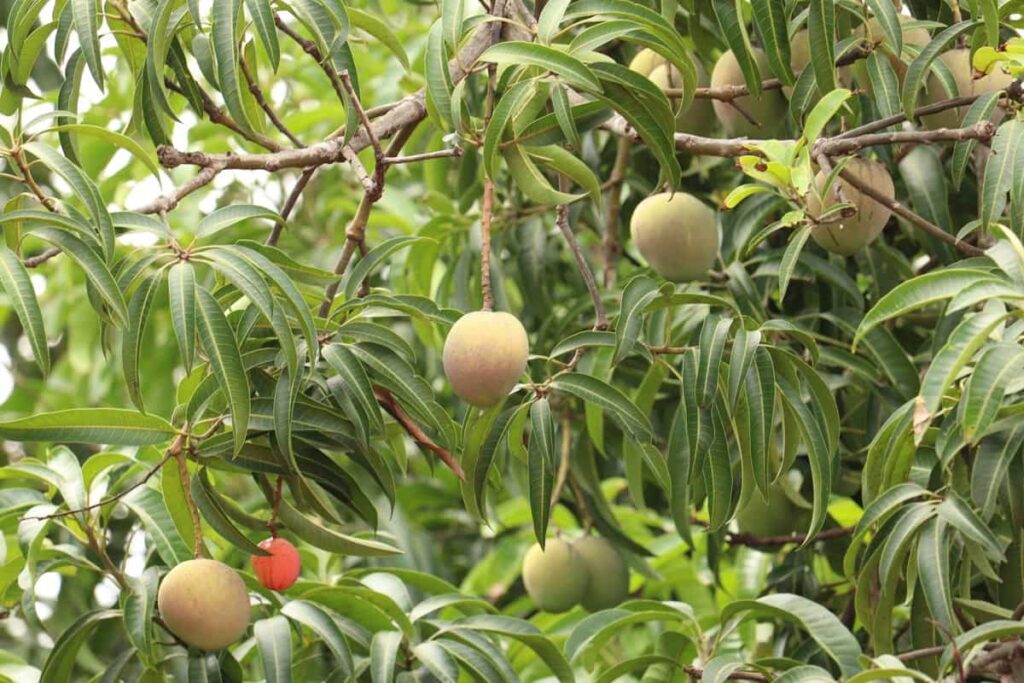
India fruit planting calendar/schedule/chart/guide
| Fruits | Sowing time | Germination time |
| Watermelon | Feb to Mar (in the north) Year-round (in the south) | 6 to 7 days |
| Banana | June to Jul Oct to Nov | 2 to 3 weeks |
| Orange | Dec to Feb Oct to Mar | 6 to 8 weeks |
| Pineapple | July to Sep | About six months |
| Lychee | Aug to Sep | 1 to 4 weeks |
| Mango | Aug to Oct | 2 to 4 weeks |
| Strawberry | Sep to Oct | Seven days to 6 weeks |
| Grapes | Feb to Mar Dec to Jan | 10 to 15 days |
| Custard apple | April to May | Three weeks |
| Sapota | June to Dec | 2 to 4 weeks |
| Lemon | June to July | Know |
| Kinnow | Aug to Oct | 7 to 14 days |
| Mosambi | Aug to Sep April to May | 3 to 4 weeks |
| Papaya | Feb to Mar June to July Oct to Nov | 2 to 3 weeks |
| Pear | June to Dec | 2 to 4 weeks |
| Peach | Late Jan | 1 to 3 months |
| Apple | Jan to Feb | Around 30 days |
| Figs | Jan to Feb (north India) Aug to Sep (south India) June to July (western India) | 1 to 2 weeks |
| Plums | Jan | 10 to 18 days |
| Jackfruit | June to Dec | 3 to 8 weeks |
| Guava | June to Sep | 2 to 8 weeks |
| Pomegranate | June to Jul Sep to Oct to Feb | 30 to 40 days |
| Apricot | May to Jun October | 1 to 2 months |
| Apple ber | July to Aug | 2 to 4 weeks |
| Kiwi | Jan | Around two weeks |
| Rambutan | Dec to Jan | 10 to 21 days |
| Persimmons | March to Apr | 2 to 3 weeks |
| Jamun | Feb to Mar July to Aug | 10 to 15 days |
| Coconut | May to Jun | 3 to 6 months |
In case you missed it: Growing Strawberries from Seed to Harvest: A Complete Planting Guide for Beginners
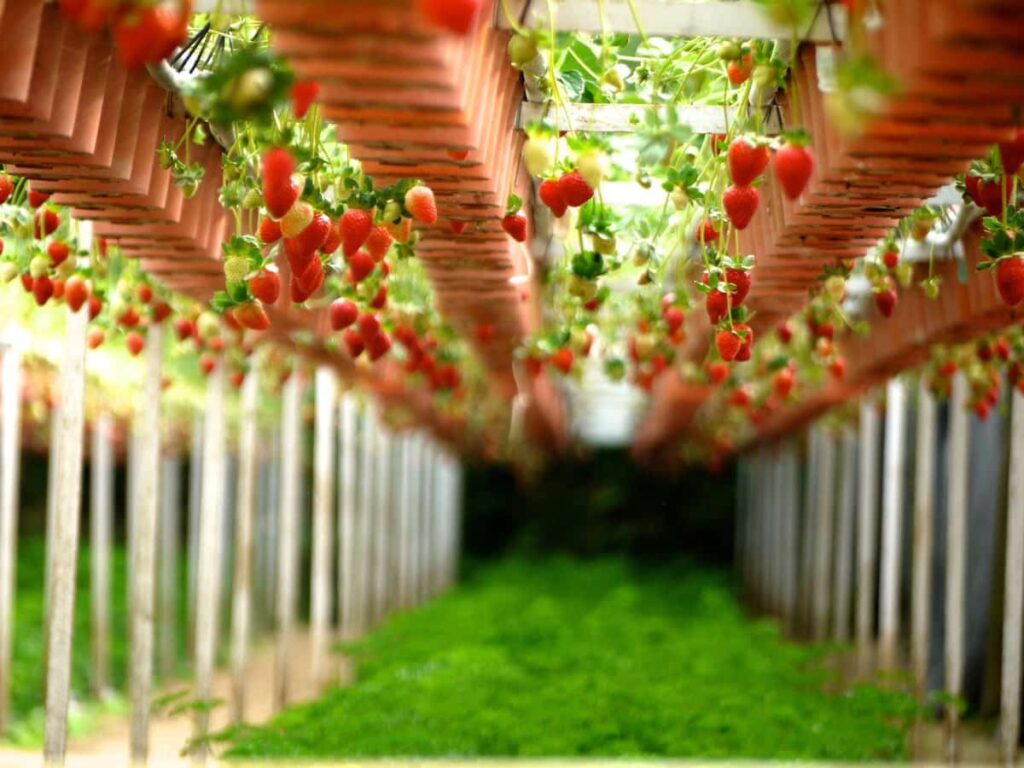
Conclusion
Carefully tend your garden from the moment you start sowing seeds or planting transplants. Please take note of your mistakes and use them as teaching tools.
- How to Grow Hibiscus from Flower
- Plantation Ideas for Home Decoration: A Beginners Guide
- Flower Garden Designs and Layouts for Beginners
- Planting and Spacing Techniques in Papaya: A Beginner’s Guide
- Growing Gold: Essential Techniques for Planting Pineapples
- How to Make Kalanchoe Plant Bushy: Home Remedies and Solutions
- 11 Reasons Why Your Gardenia is Not Blooming: Home Remedies and Solutions
- Eco Elegance: The Guide to Designing a Drought-Tolerant Landscape
- Gardening on a Slope: Strategies for Hillside Landscaping
- Nourish and Flourish: Top Organic Mulches for Thriving House Plants
- Everything You Want to Know about Indian Mogra Flower: Discover Uses and Growing
- Green Thumb Success: Expert Tips for Cultivating Greenhouse Pumpkins All Year Round
- Maximize Growth & Flavor: The Ultimate Guide to Companion Planting in Herb Gardens
- How to Control Rhododendron Problems Naturally: Home Remedies and Organic Ways to Fix Them
- Natural Magic: The Remarkable Benefits of Cinnamon for Plants
- Best Steps to Revive Dying Tulip with Natural and Organic Treatment
- 10 Reasons Why Your Angel Trumpet is Not Blooming: Remedies and Treatment
- How to Fix Periwinkle Leaf and Flower-Related Problems: Natural Remedies and Solutions
- How to Fix Zinnias Leaf and Flower Problems: Discover Natural and Home Remedies
- Organic Steps to Induce Lemon Tree Flowers: A Comprehensive Guide
- Bloom Booster: Crafting the Perfect Homemade Bougainvillea Fertilizer
- Optimizing Growth: A Guide to Applying NPK Fertilizer for Potted Plants
- 10 Best Homemade Fertilizers for Rubber Plant: DIY Recipes and Application Method
- How to Boost Female Pumpkin Flowers: Effective Steps for More Flowers and High Yields
- Transform Your Indoor Garden: Top Benefits of Pink Salt for Houseplants
- 10 Best Homemade Fertilizers for Peacock Plants (Calathea): Easy DIY Guide
- Unlock Blooms: 9 Reasons Why Your Potted Chrysanthemum is Not Blooming
- 8 Reasons Why Your Potted Hibiscus is Not Blooming: Fix it with Simple Solutions
- Unlock Blooms: 9 Key Reasons Your Potted Frangipani Won’t Flower
- 10 Reasons Why Is My Ice Plant Not Blooming: Remedies and Treatment
- 10 Reasons Why My Potted Hydrangea Not Blooming: Treatment and Remedies
- 10 Reasons Why is My Wisteria Not Blooming: Remedies and Treatment
- 10 Reasons Why is My Goldfish Plant Not Blooming: Remedies and Treatment
- Maximize Your Space: Ultimate Guide to Balcony Gardening with Grow Bags
- 10 Reasons Why Your Iris is Not Blooming: Remedies and Treatment
- 10 Reasons Why Your Anthurium Plant is Not Blooming: Treatment and Remedies